9 WWII-Era Foods That Were Shockingly Strange And 8 That Actually Deserve a Comeback

World War II changed the way people cooked, thanks to strict rationing, food shortages, and a “waste not, want not” mentality. Some dishes were born out of pure necessity—and it shows. But others? Surprisingly clever, resourceful, and even tasty by today’s standards. Here are 9 strange WWII-era foods you probably wouldn’t want on your plate, and 8 humble recipes that are worth reviving.
1. Spaghetti Sandwiches
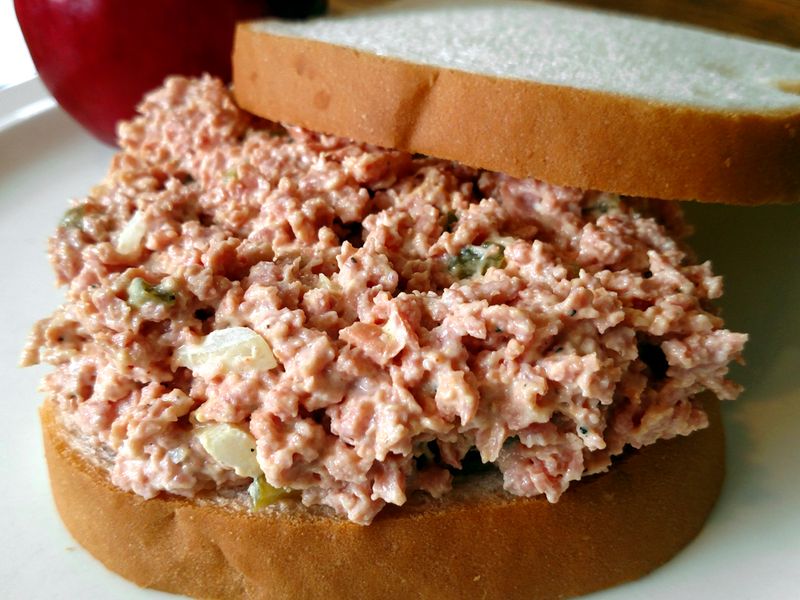
Imagine cold spaghetti noodles tucked between slices of white bread. It was a meal that defied logic but met the needs of the time. Filling and cheap, these sandwiches were more of a curiosity than a culinary delight.
During rationing, creativity was key, and carbs were king, leading to this odd concoction. Who would have thought spaghetti would find its way into a sandwich?
While the thought of it might make you wince, it served its purpose during tough times. A fascinating glimpse into resourceful wartime cooking!
2. Peanut Butter-Stuffed Onions
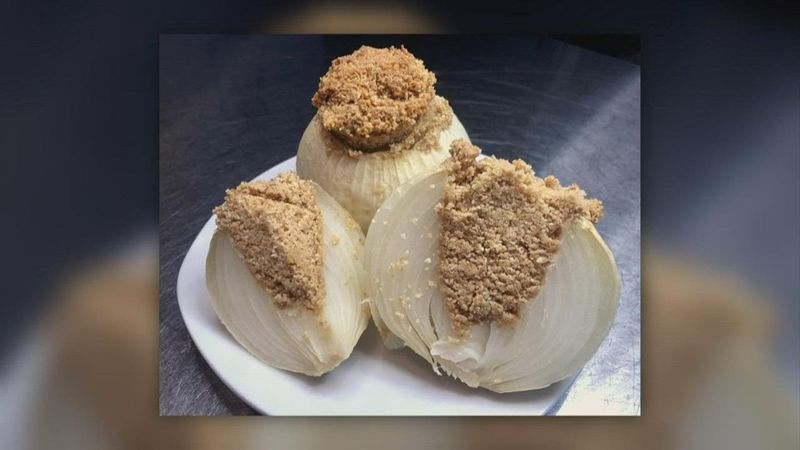
Peanut butter-stuffed onions might sound like a culinary prank, but they were a real wartime dish. Onions, boiled and cored, were filled with peanut butter to replace meat protein.
This unusual combination was born out of necessity, reflecting the scarcity of traditional ingredients. The texture and flavor mash-up was peculiar, to say the least.
While it didn’t win any popularity contests, this dish stands as a testament to the ingenuity of those who made do with what they had. A quirky relic of a bygone era!
3. Tomato Aspic
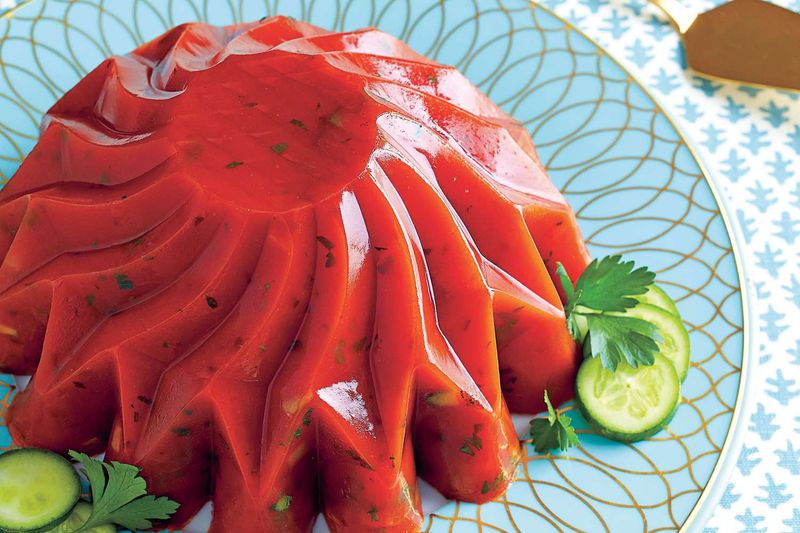
Tomato aspic was a savory gelatin mold that was as visually striking as it was divisive. Made from tomato juice, vinegar, and vegetables, it had a unique texture that was both intriguing and off-putting.
With its bright red hue, it often took center stage at dinner tables, but not always for the right reasons. The idea of a jiggly, tomato-flavored jelly was not everyone’s cup of tea.
While it may not be missed by many, tomato aspic remains a curious example of wartime culinary creativity.
4. Prune Whip

Prune whip was a dessert that tried to be light and airy, with whipped egg whites and mashed prunes. Its sweet and slightly tart flavor divided opinions, making it a love-it-or-hate-it dish.
This dessert was often served at family gatherings, aiming to be both nutritious and indulgent. The use of prunes was practical, capitalizing on their availability and natural sweetness.
While it didn’t become a lasting favorite, prune whip represents the era’s efforts to create satisfying treats under constrained circumstances.
5. Mock Duck (Made from Banana Peels)
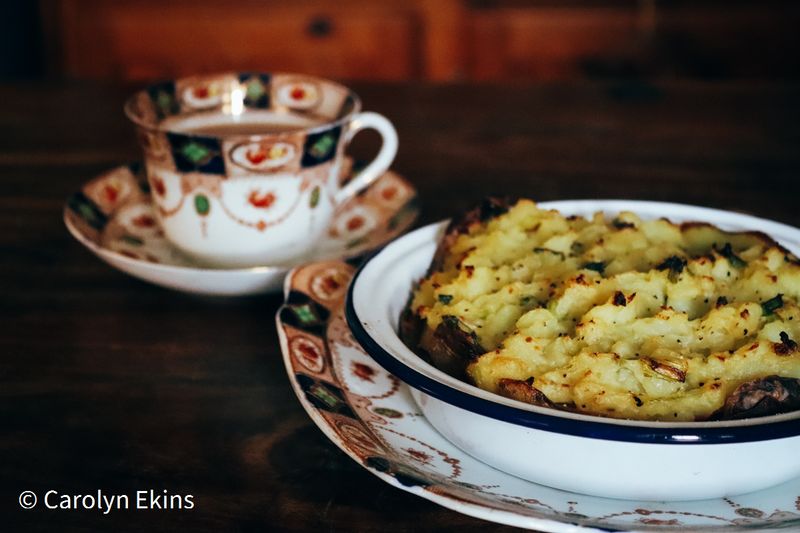
Mock duck crafted from banana peels was a wartime invention that turned heads. It was a creative approach to mimic a meat texture using something completely unconventional.
Banana peels were boiled, seasoned, and folded into shapes resembling duck meat. The taste? More banana-like than anything else, but it served as an inventive substitute.
Though it sounds bizarre, this dish highlights the resourcefulness of cooks who made do with limited resources. A peculiar piece of culinary history that sparks both intrigue and amusement!
6. Liver Loaf

Liver loaf was a high-protein dish made by blending liver and baking it in a loaf pan. While rich in nutrients, its taste and texture were not universally loved.
This loaf was often served with a side of vegetables, offering a hearty meal for families. The intense iron flavor was an acquired taste, appealing to some but not all.
Despite its mixed reception, liver loaf stands as a reminder of the era’s focus on nutrition and resourcefulness. A unique culinary artifact from wartime kitchens.
7. Wartime Woolton Pie
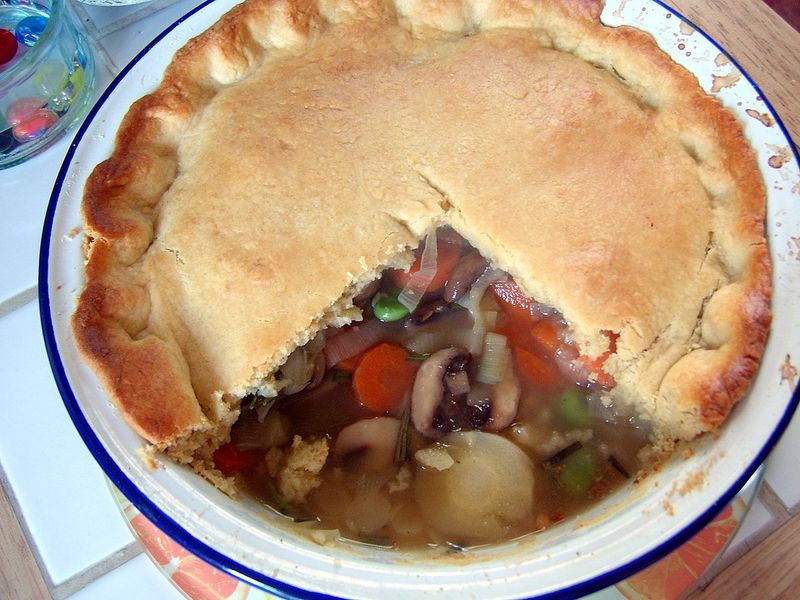
Wartime Woolton Pie was a meatless dish born from necessity. Made from stewed root vegetables and topped with a potato crust, it was nutritious but often bland.
Named after the British Minister of Food, Lord Woolton, this pie was a staple in many households. It was filling and made use of home-grown produce, aligning with the victory garden movement.
Though it may lack excitement in flavor, Woolton Pie is a testament to the ingenuity and resilience of wartime cooks. A dish with a legacy of practicality!
8. Victory Garden Jelly
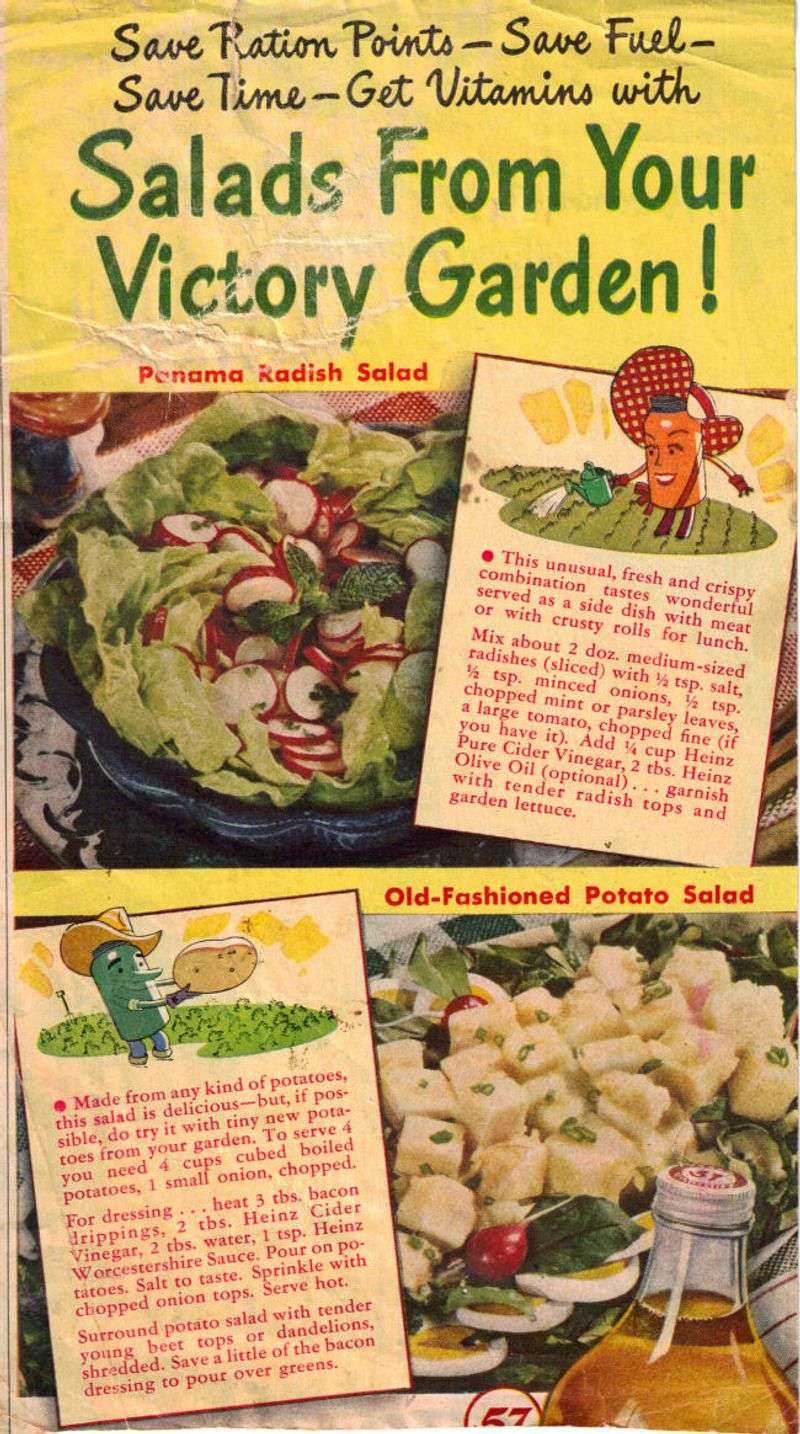
Victory Garden Jelly was a gelatinous creation made from boiled-down vegetables and fruit pectin. Its green hue and jiggly texture made it a curious sight on the table.
This dish was designed to make the most of garden produce, turning surplus vegetables into something new. While its taste was not for everyone, it was a creative solution to food shortages.
Though it didn’t become a classic, Victory Garden Jelly reflects the era’s spirit of innovation and adaptability. A quirky piece of culinary history!
9. Carrot Marmalade
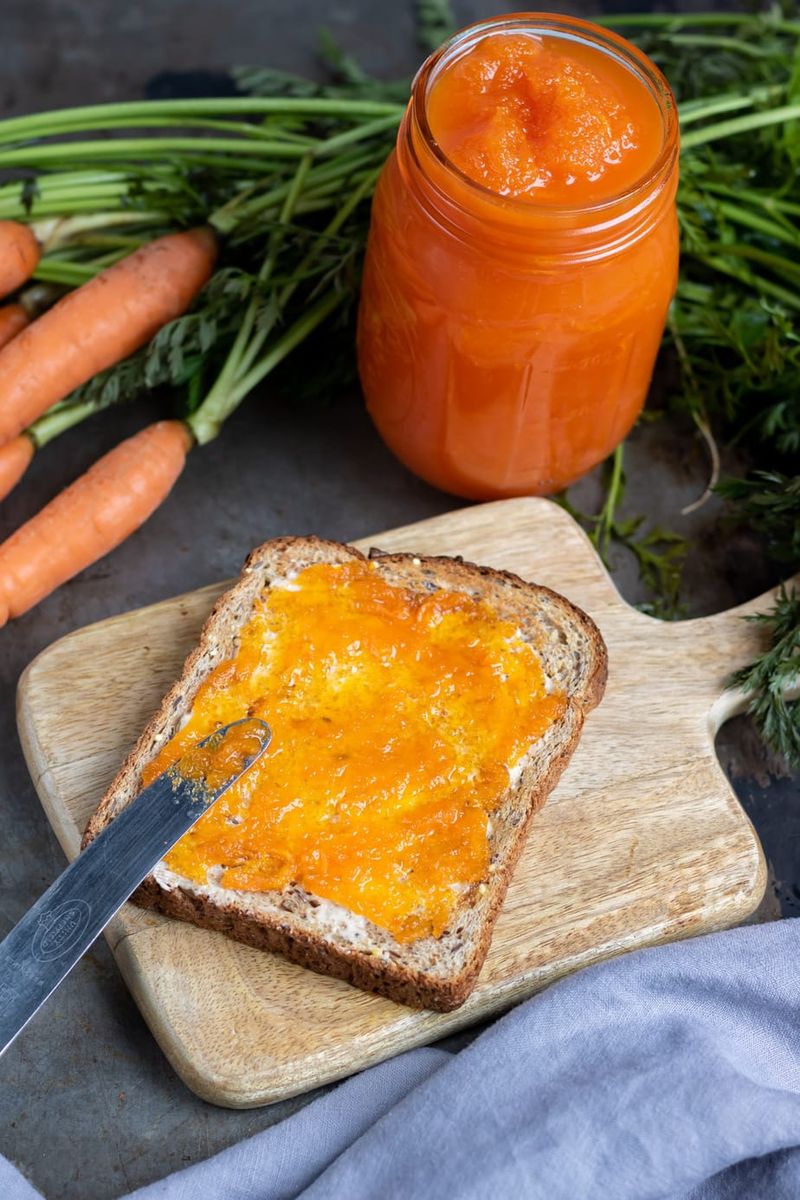
Carrot Marmalade was a sweet spread made from grated carrots, lemon juice, and sugar. It was a clever way to stretch rations and bring some sweetness to breakfast.
The bright orange color and zesty flavor made it a cheerful addition to the morning table. While not everyone’s favorite, it did offer a unique taste experience.
This marmalade stands as a testament to the creativity of wartime cooks who made the most of available ingredients. A nostalgic nod to a time of resourceful cooking!
10. Depression-Era Chocolate Cake (Wacky Cake)
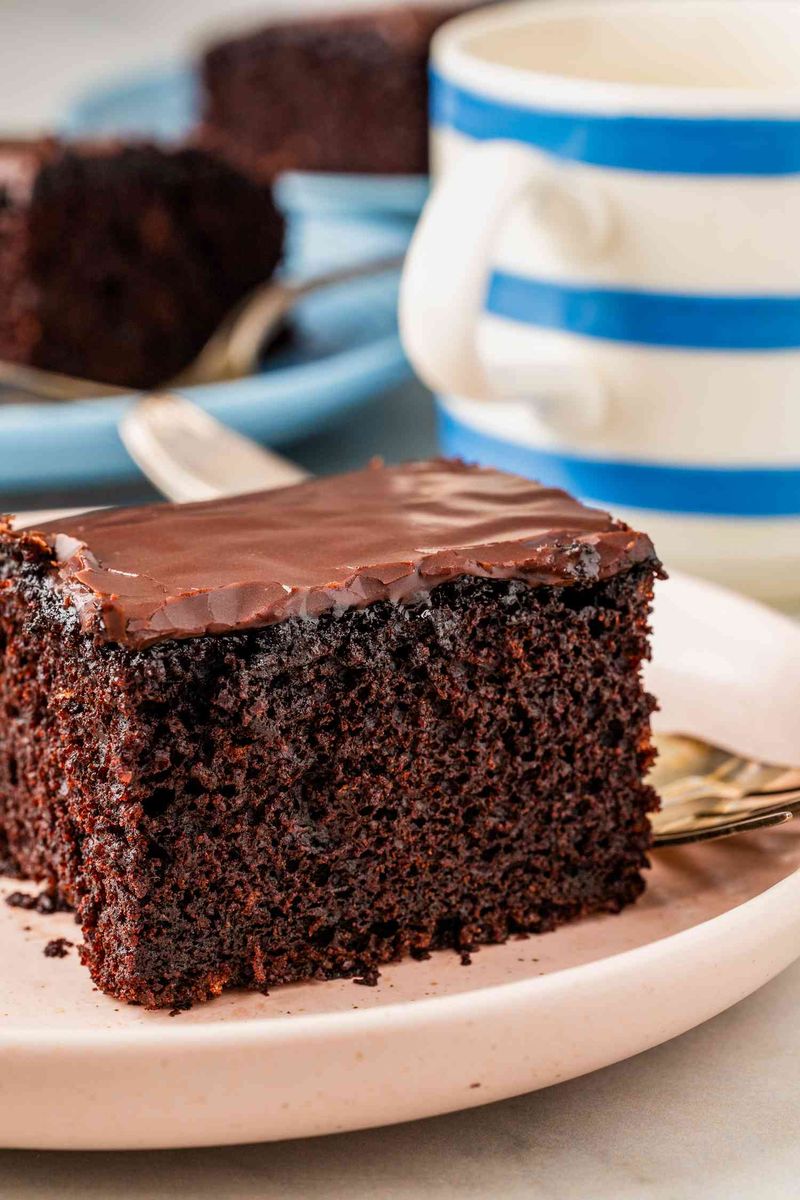
Depression-Era Chocolate Cake, also known as Wacky Cake, was a marvel of simplicity. Made without eggs, butter, or milk, it relied on vinegar and baking soda to achieve a rich, moist texture.
This cake was a symbol of resilience, showcasing how limited ingredients could still create something delightful. Its deep chocolate flavor won over many hearts during tough times.
Though born out of necessity, Wacky Cake remains a delicious legacy worth rediscovering today. A testament to the ingenuity of home bakers!
11. Potato Pancakes
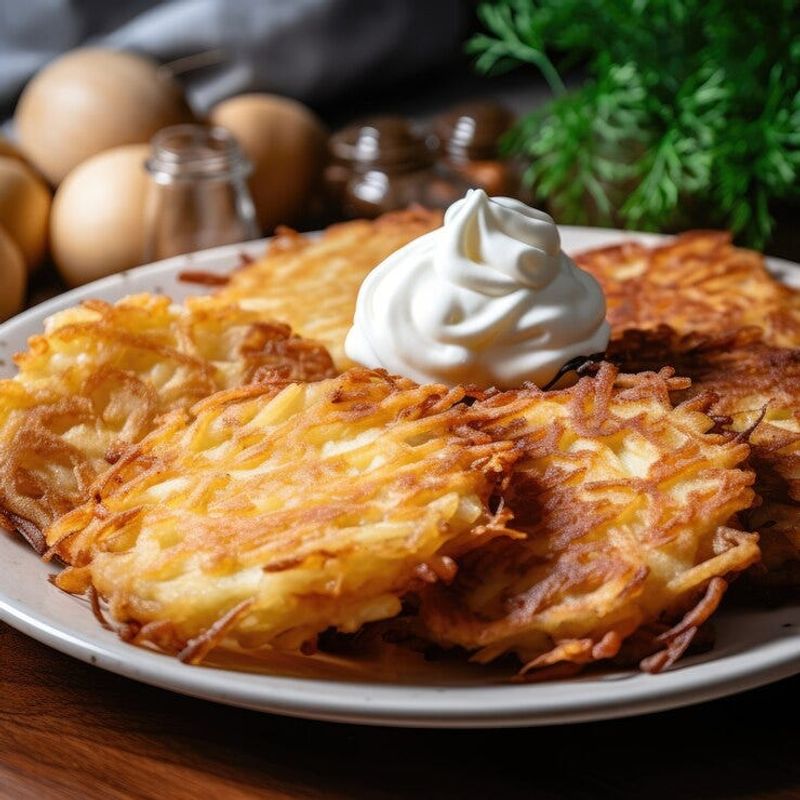
Potato pancakes were a versatile and comforting dish that made use of leftover mashed potatoes. Crispy on the outside and tender inside, they were a delight to many.
These pancakes could be customized with various seasonings and toppings, making them a household favorite. They offered a taste of home and warmth during uncertain times.
Today, they remain a beloved comfort food, inviting creativity in the kitchen. A simple yet satisfying dish with timeless appeal!
12. Victory Garden Soups
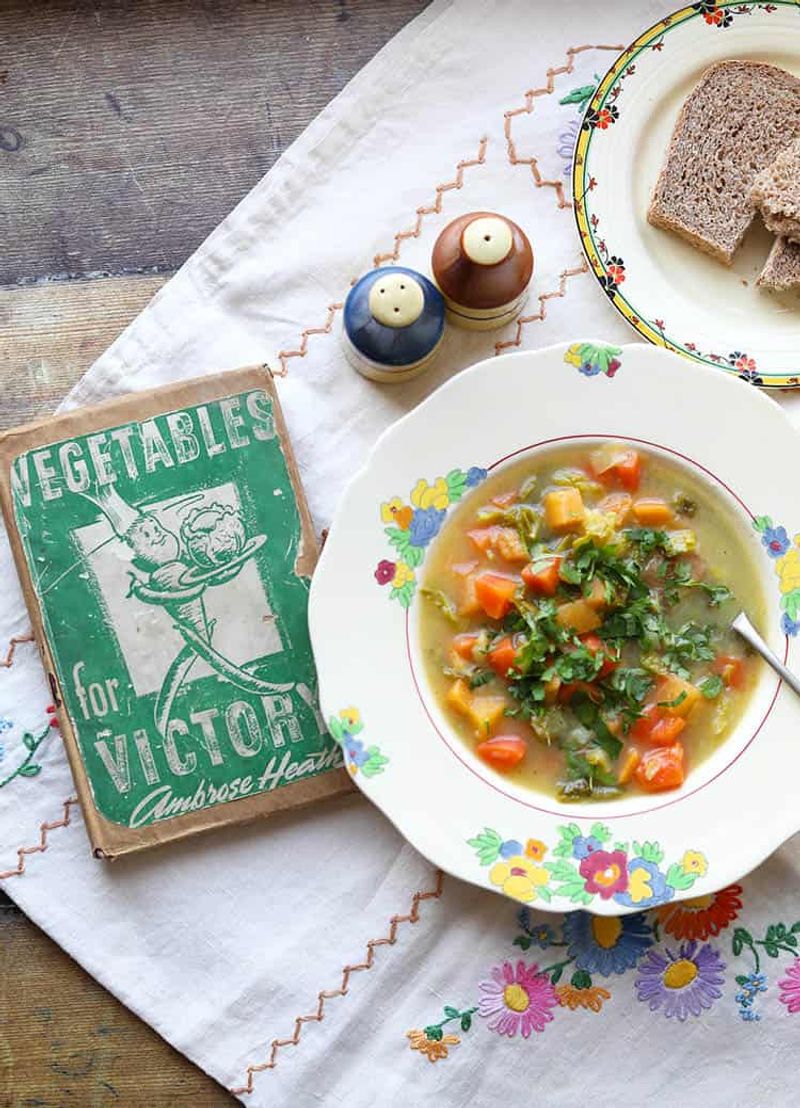
Victory Garden Soups were an embodiment of the wartime spirit, utilizing whatever vegetables were available from backyard gardens. Nutritious and hearty, they provided warmth and sustenance.
These soups were often filled with a medley of seasonal produce, offering a taste of the garden in every spoonful. They encouraged a connection to the land and self-sufficiency.
Today, the concept of garden-to-table living continues to inspire cooks around the world. A timeless reminder of simplicity and sustainability!
13. Oatmeal Meatloaf

Oatmeal Meatloaf was a clever way to stretch limited meat supplies by adding oats. This dish was surprisingly satisfying, offering both flavor and texture.
With the right seasoning, it became a family favorite, proving that less could indeed be more. The addition of oats added a heartiness that appealed to many.
Though it started as a necessity, oatmeal meatloaf remains a delicious option for those seeking a twist on traditional meatloaf. A creative and nutritious dish that endures!
14. Baked Apples with Cinnamon

Baked Apples with Cinnamon was a dessert that captured the essence of simplicity and warmth. With minimal ingredients, it offered a comforting and nostalgic taste.
The natural sweetness of the apples shone through, enhanced by the aromatic spice of cinnamon. It was a treat that brought a sense of coziness to any meal.
Today, it remains a beloved dish, easy to prepare and enjoy. A timeless classic that never fails to delight!
15. Sugarless Apple Pie
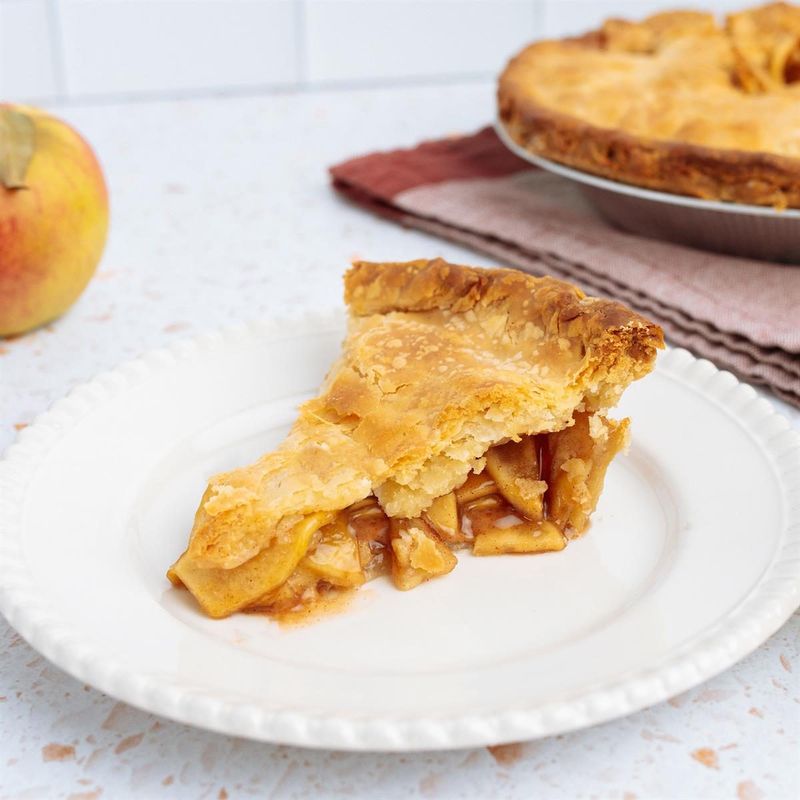
Sugarless Apple Pie was a clever adaptation to sugar shortages, using natural sweeteners like raisins or mashed bananas. It offered a delightful twist on the classic dessert.
This pie was a testament to creativity, proving that sweetness could be achieved without refined sugar. Its flavor was both wholesome and satisfying.
In today’s health-conscious world, it remains a delightful option for those seeking a lower-sugar treat. A legacy of innovation and taste!
16. Beetroot Chocolate Cake

Beetroot Chocolate Cake was an unexpected combination that worked surprisingly well. The beets added moisture and natural sweetness, enhancing the chocolate flavor.
This cake was a hit for those willing to try something different. Its earthy undertones complemented the richness of the chocolate, creating a unique taste experience.
Today, it continues to intrigue and delight those with adventurous palates. A bold and delicious fusion worth celebrating!
17. Cottage Pie with Root Veg Mash
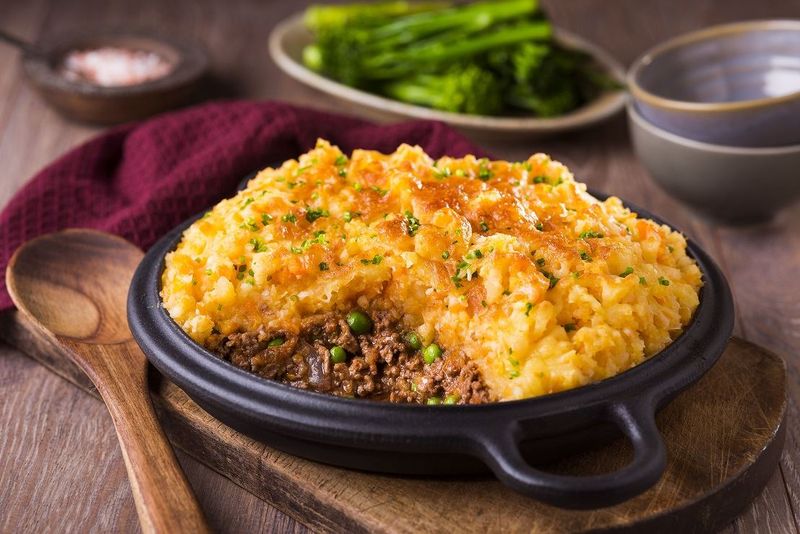
Cottage Pie with Root Veg Mash was a hearty dish that offered comfort and satisfaction. Ground meat and vegetables were topped with mashed parsnips or turnips instead of potatoes.
This twist on a classic dish was both resourceful and delicious, showcasing the adaptability of home cooks. The combination of flavors and textures was a delight.
Today, it remains a cherished dish, offering a taste of tradition with a creative twist. A culinary gem from the past that still warms hearts!
